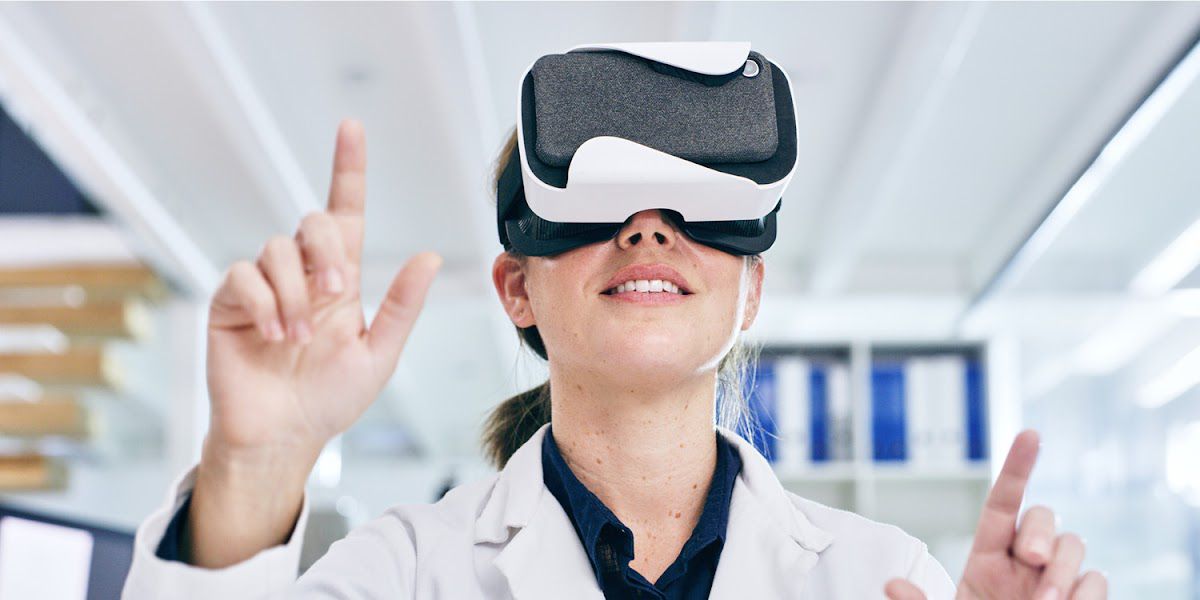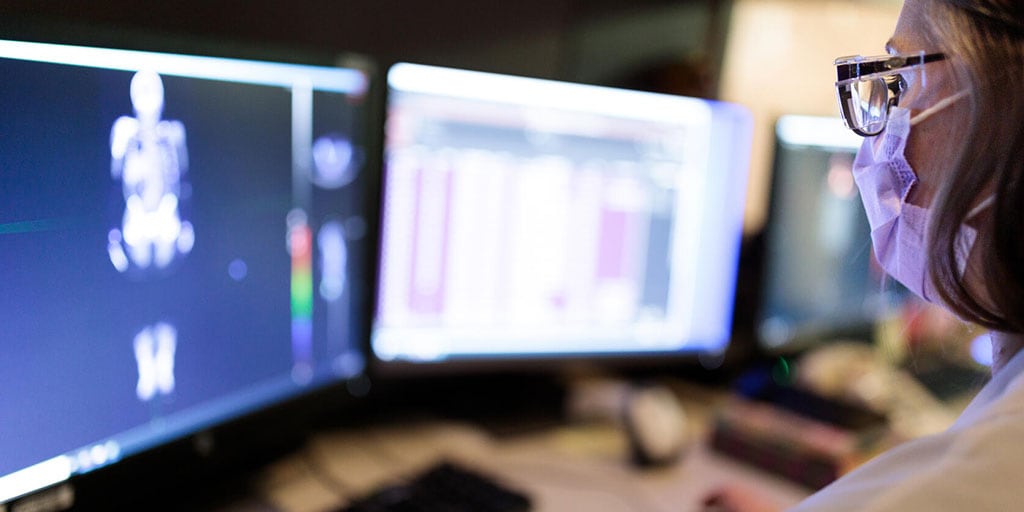
Advancements in medical technology have revolutionized the field of healthcare, paving the way for next-generation medical devices that are transforming patient care.
This article delves into the realm of innovation, exploring a wide range of cutting-edge medical gadgets and their impact on surgical procedures, diagnostic practices, and wearable technology.
From groundbreaking surgical instruments to state-of-the-art diagnostic equipment, as well as the rise of wearable medical devices and smart medical device technology, this informative piece unravels the future of healthcare.
Key Takeaways
- Robotic surgery offers unparalleled accuracy and control, thanks to high-definition cameras and robotic arms.
- Advanced imaging techniques like MRI, CT, and PET provide detailed images for early detection and diagnosis.
- Wearable devices enable remote monitoring of vital signs and revolutionize patient monitoring and data collection.
- Integration of AI algorithms in smart medical devices has the potential to revolutionize healthcare by processing vast amounts of data for timely interventions and personalized treatments.
Groundbreaking Surgical Instruments
Groundbreaking surgical instruments have revolutionized the field of medicine by enhancing precision, reducing invasiveness, and improving patient outcomes.
Robotic surgery has emerged as a key innovation in this area, offering unparalleled accuracy and control to surgeons. These robotic systems utilize advanced technology, such as high-definition cameras and robotic arms with multiple degrees of freedom, allowing for precise movements and improved visualization during procedures.
Moreover, minimally invasive techniques have gained popularity due to their ability to minimize trauma to the patient's body. Instruments like laparoscopic tools enable surgeons to perform complex procedures through small incisions, resulting in reduced pain, shorter hospital stays, and faster recovery times.
The integration of such groundbreaking surgical instruments into medical practice has transformed the way surgeries are conducted, leading to better outcomes and improved patient experiences.

State-of-the-Art Diagnostic Equipment
State-of-the-art diagnostic equipment has witnessed significant advancements in recent years. These innovations have revolutionized the field of medical diagnostics, enabling healthcare professionals to obtain more accurate and precise results. One notable advancement is the development of advanced imaging techniques. These techniques employ cutting-edge technologies such as magnetic resonance imaging (MRI), computed tomography (CT), and positron emission tomography (PET) to provide detailed images of internal body structures. This allows for early detection and diagnosis of various diseases and conditions.
In addition to advanced imaging, precision diagnostics have also emerged as a crucial aspect of state-of-the-art diagnostic equipment. Precision diagnostics involve the use of molecular analysis, genomics, proteomics, and other specialized techniques to identify specific biomarkers associated with diseases. This enables personalized medicine by tailoring treatments based on an individual's unique genetic makeup.
Overall, state-of-the-art diagnostic equipment has significantly enhanced medical practice by providing clinicians with more accurate and detailed information for diagnosis and treatment planning. As technology continues to advance, we can expect further improvements in precision diagnostics and advanced imaging techniques, leading to even better patient outcomes.
The Rise of Wearable Medical Devices
The increasing utilization of wearable devices in the healthcare industry has revolutionized patient monitoring and data collection. These innovative devices offer a range of features that enable remote monitoring and health tracking, providing valuable insights into an individual's well-being.
Remote Monitoring: Wearable medical devices allow healthcare professionals to remotely monitor patients' vital signs, such as heart rate, blood pressure, and oxygen levels. This eliminates the need for frequent hospital visits and enables timely intervention in case of any abnormalities.
Health Tracking: Wearable devices equipped with sensors can track various health parameters like physical activity, sleep patterns, and calorie intake. This information helps individuals make informed decisions about their lifestyle choices and facilitates personalized healthcare management.
Data Collection: The integration of wearable devices with smartphones or other smart devices enables seamless data collection and analysis. This data can be shared with healthcare providers for comprehensive evaluation and proactive care planning.
Overall, the rise of wearable medical devices offers immense potential for enhancing patient care by enabling remote monitoring and precise health tracking through advanced data collection techniques.
The Future of Smart Medical Device Technology
One potential development in the field of smart medical device technology could be the integration of artificial intelligence algorithms for real-time analysis and interpretation of patient data. This advancement could lead to more accurate and efficient diagnosis, treatment, and monitoring of various medical conditions. Smart medical devices equipped with AI algorithms would have the capability to process vast amounts of data collected from patients in real-time, allowing for timely interventions and personalized treatments.
However, there are several challenges in implementing smart medical devices. One major challenge is ensuring the security and privacy of patient data. As these devices collect sensitive information, it is crucial to have robust cybersecurity measures in place to protect against unauthorized access and breaches. Additionally, integrating AI algorithms into existing medical systems requires extensive validation studies to ensure their accuracy and reliability.
Despite these challenges, the potential applications of smart medical devices are vast. They can revolutionize healthcare by providing continuous remote monitoring, early detection of diseases, personalized treatment plans, and improved patient outcomes.
The future holds promising possibilities for smart medical device technology as researchers continue to innovate in this rapidly evolving field.
Revolutionizing Patient Care
Revolutionizing patient care requires a comprehensive understanding of the potential benefits and challenges associated with the integration of advanced technologies in healthcare settings.
The telemedicine revolution, coupled with personalized healthcare innovation, is transforming the way patients receive medical attention. Telemedicine allows for remote consultations, reducing travel time and costs while ensuring access to quality care regardless of geographical location.

Moreover, personalized healthcare innovations cater to individual needs by leveraging data-driven insights and genetic information to provide tailored treatment plans. This approach enhances patient outcomes by optimizing medication efficacy and minimizing adverse effects.
Additionally, wearable devices equipped with sensors monitor vital signs in real-time, enabling early detection and interventions for various health conditions.
Advanced technologies also facilitate seamless communication between healthcare providers and patients, streamlining the exchange of information and promoting collaboration in decision-making processes.
By harnessing these advancements, patient care can be transformed into a more efficient, effective, and patient-centered experience.
Frequently Asked Questions
What are some examples of groundbreaking surgical instruments that have been developed in recent years?
Groundbreaking surgical instruments developed in recent years include robotic surgery systems such as da Vinci Surgical System, enabling precise and minimally invasive procedures. These advancements have revolutionized surgical techniques, improving patient outcomes and reducing recovery time.
How has state-of-the-art diagnostic equipment improved the accuracy and speed of medical diagnoses?
Artificial intelligence (AI) has significantly improved the accuracy and speed of medical diagnoses. AI algorithms analyze vast amounts of patient data, aiding in early detection and personalized treatment plans. Additionally, telemedicine allows for remote consultations, enabling faster access to expert diagnosis.
What are the key features and benefits of wearable medical devices?
The wearable medical device market offers numerous benefits of wearable health tech, including real-time monitoring, personalized healthcare, remote patient management, and improved treatment outcomes. These devices provide freedom and convenience to users while enhancing their overall well-being.
How will smart medical device technology revolutionize patient care in the future?
Smart medical device applications have the potential to revolutionize patient care in the future. These devices can provide real-time monitoring, personalized treatment plans, and remote patient management, leading to improved outcomes and increased patient satisfaction.
How have advancements in medical gadgets and devices impacted patient care and overall healthcare outcomes?
Advancements in medical gadgets and devices have greatly improved patient care and healthcare outcomes. Telemedicine has enhanced access to care, while artificial intelligence has enhanced device performance, leading to more accurate diagnoses, faster treatment, and improved overall quality of care.
 GadgetsProduct ReviewsSmart DevicesDronesVirtual DevicesPrivacy PolicyTerms And Conditions
GadgetsProduct ReviewsSmart DevicesDronesVirtual DevicesPrivacy PolicyTerms And Conditions
